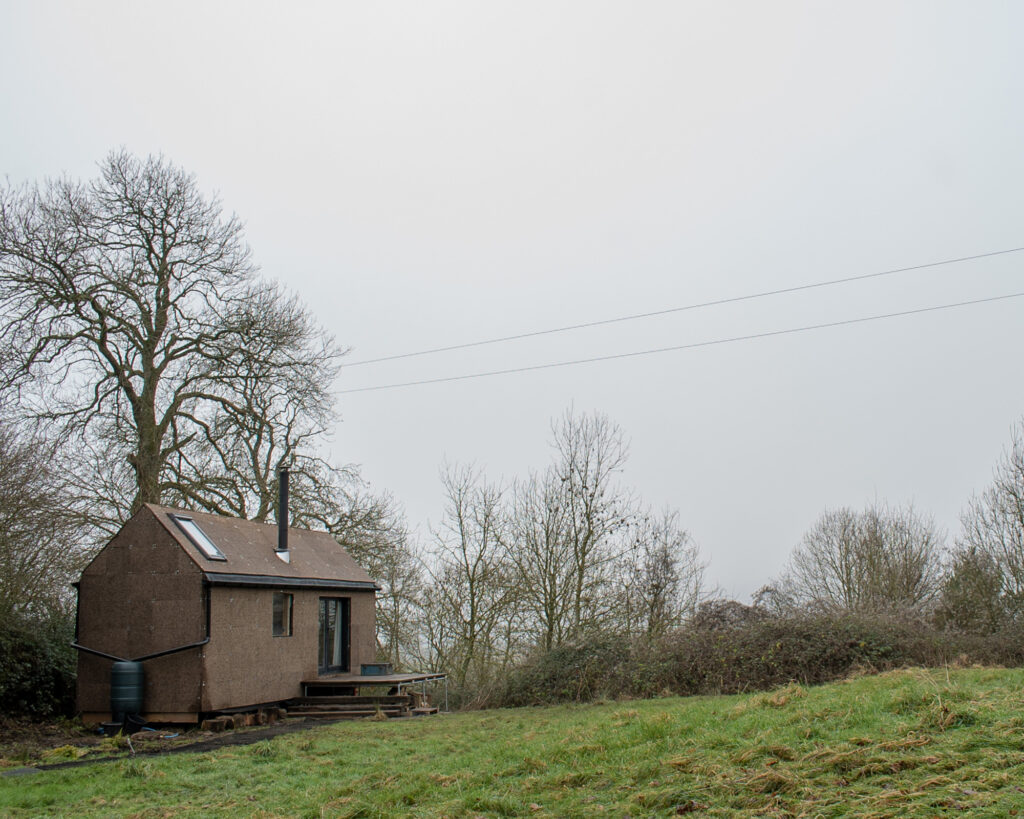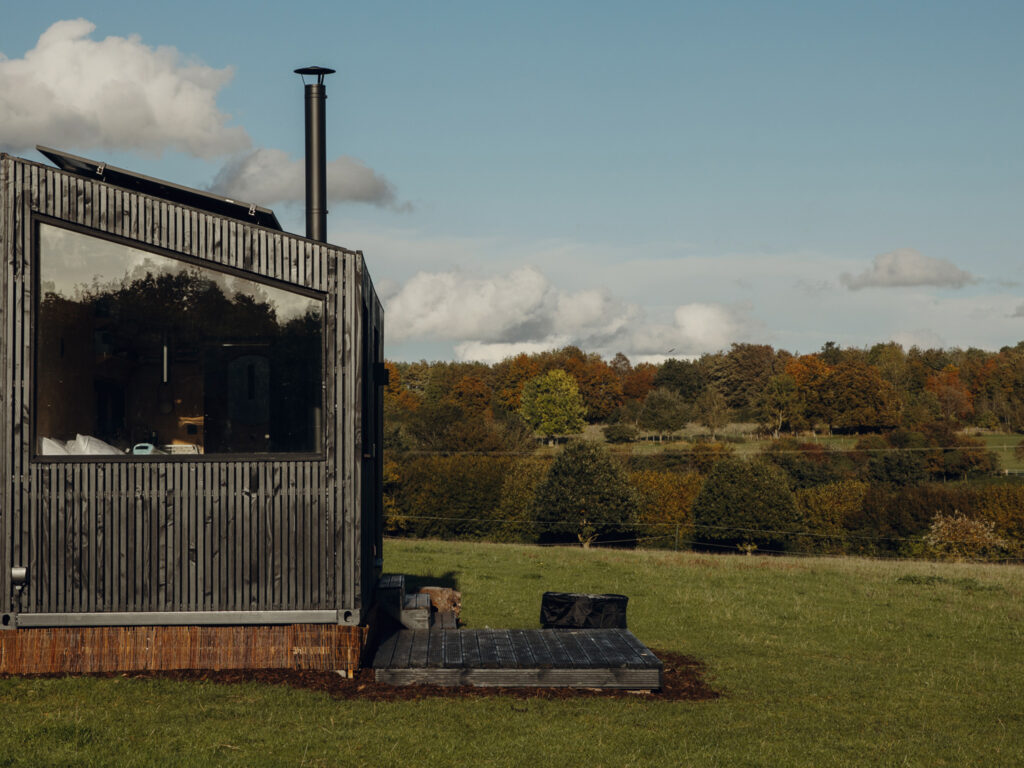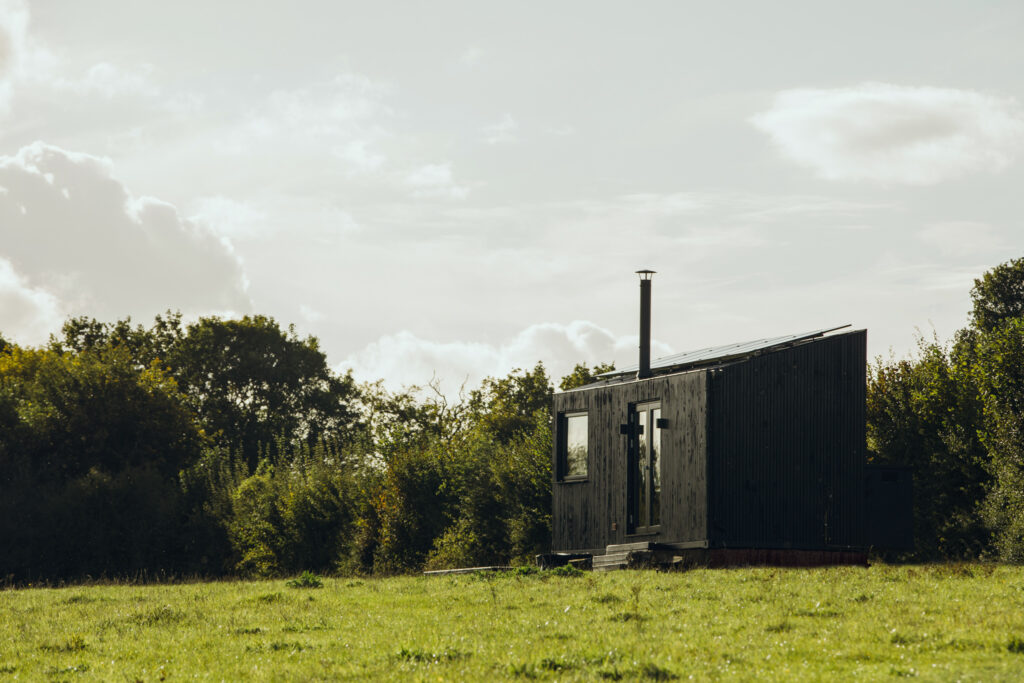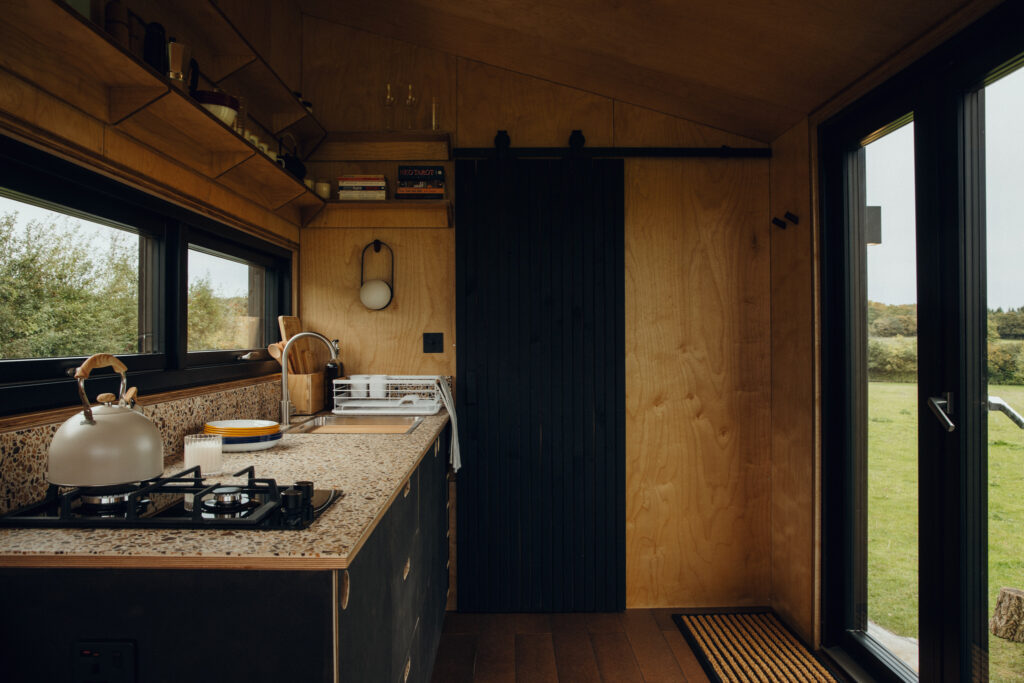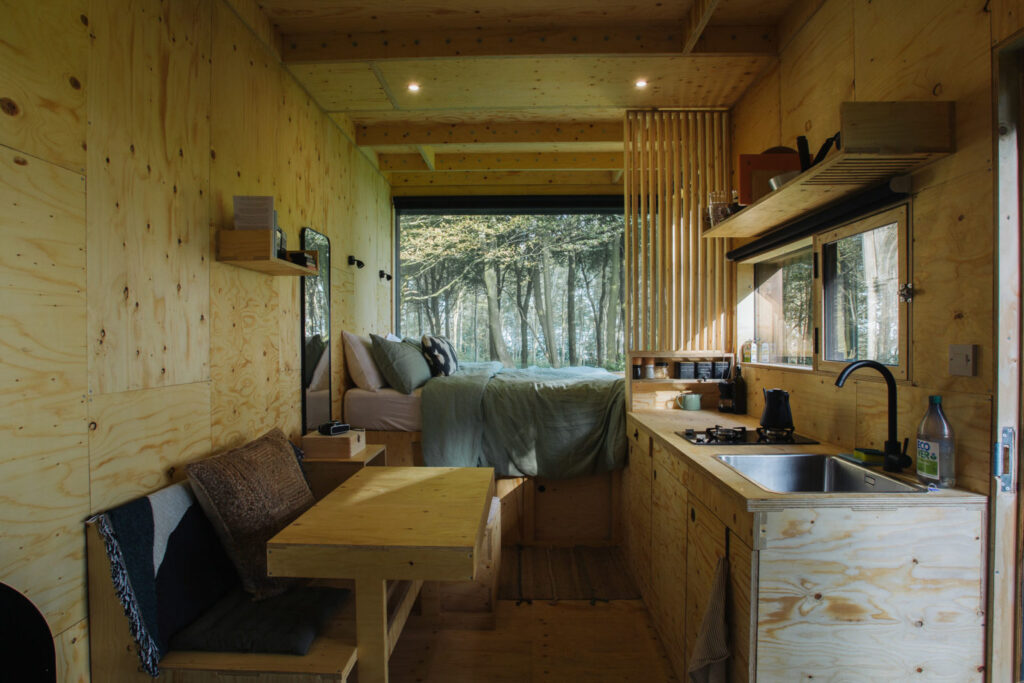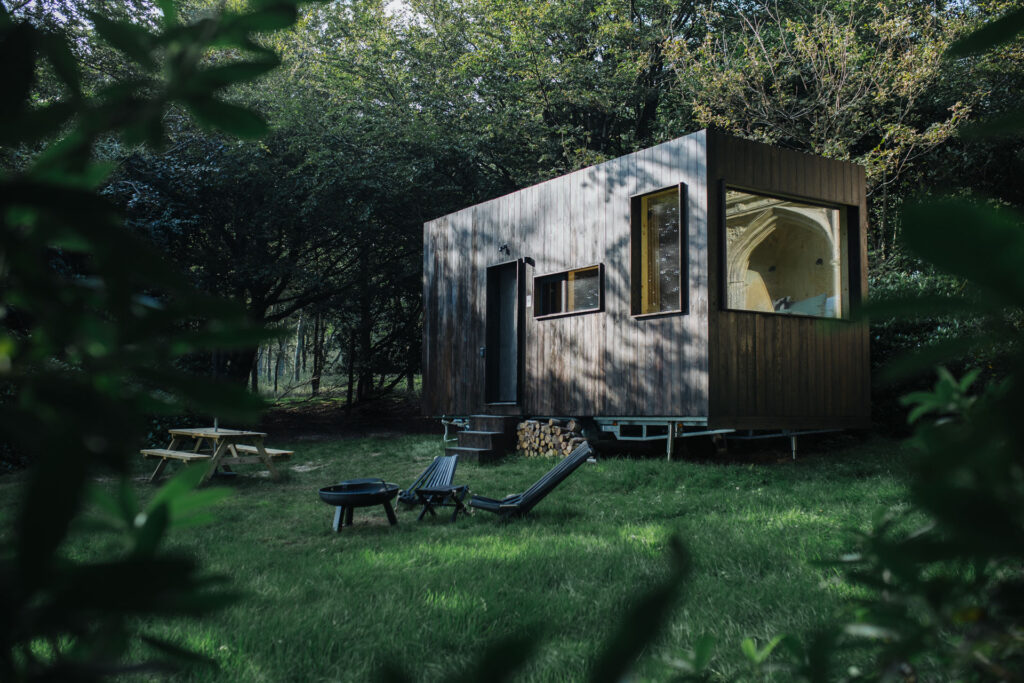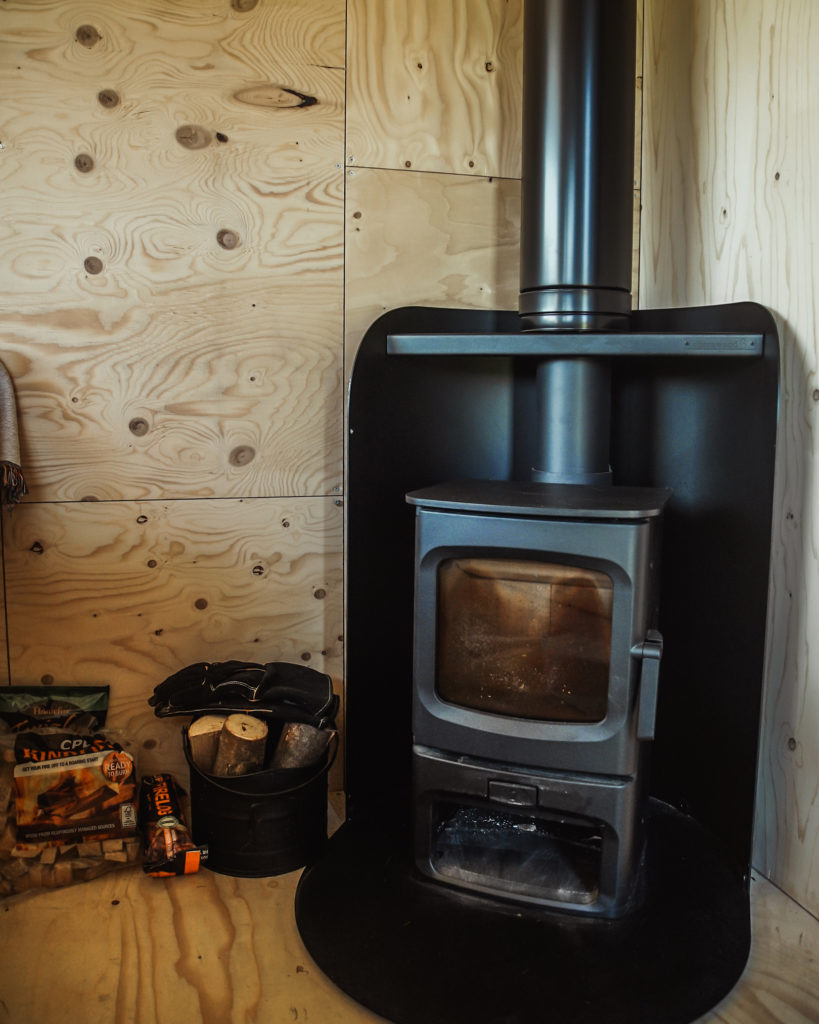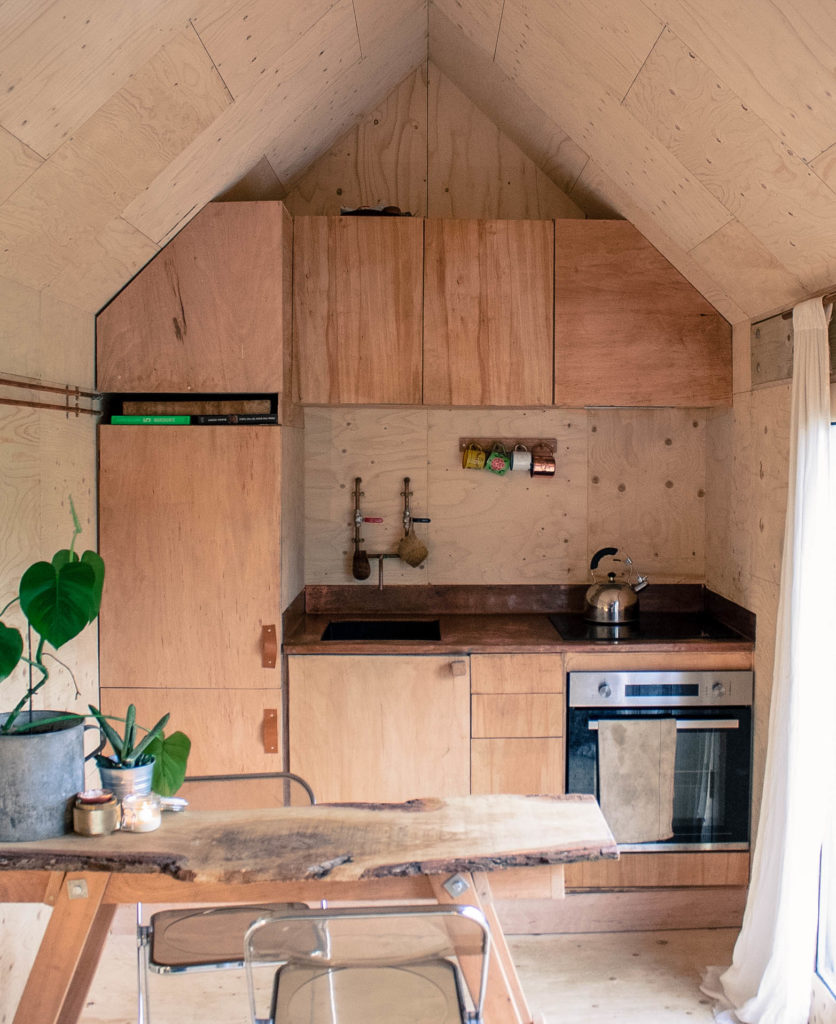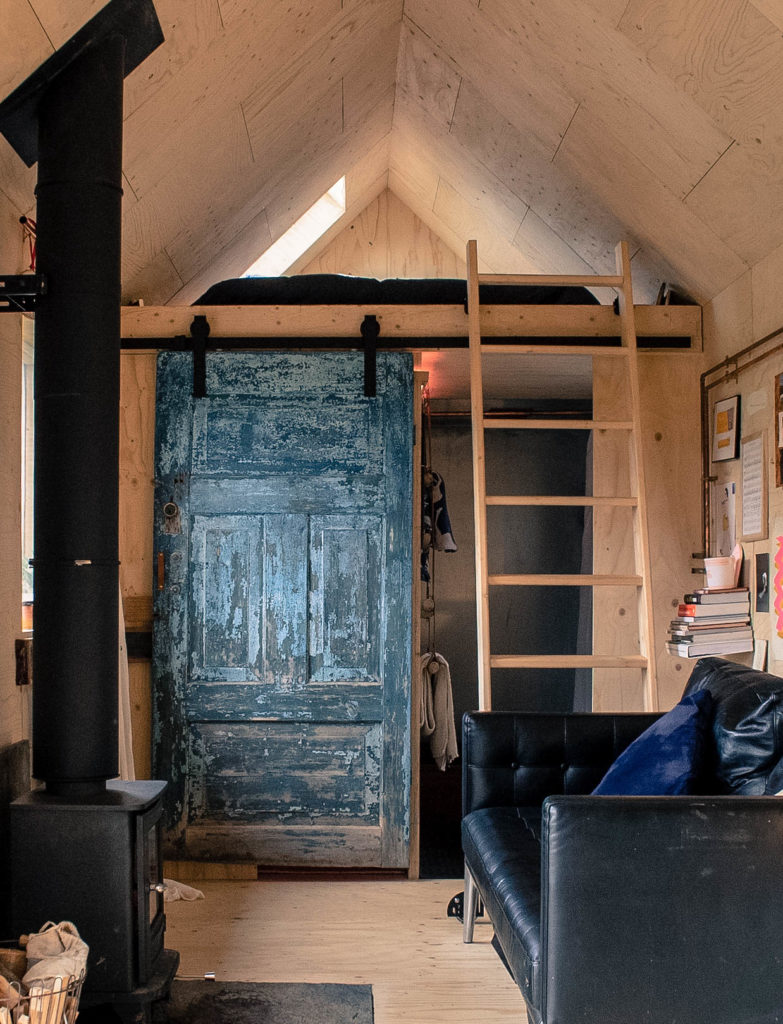Are you thinking of going off grid?
With the cost of fuel, food, energy and general living being a constant challenge for many, alternative ways to remove dependence on traditional systems are often considered. In one way, The U-Build project is an attempt to help folks turn on, tune in and grow up, to this fringe movement.
We are often asked about the practical and technical applications of the most common off grid elements. Here, we have attempted to answer some of the FAQs that pop up:
1. Toilet waste managed
Most of our clients opt for a composting toilet. Separette provide a toilet which is quite similar in appearance and use to a normal WC, albeit with a few more instructions for use. It helps if those coming to cabins are ‘bought in’ to the idea of it being slightly unusual/ environmental. If this might be an issue, then the toilets can be plumbed in as normal, assuming mains / treatment plant availability.
2. Electrical power managed – is it all from PVs?
The typical cabin is self sufficient in terms of electrical power. It has an array of PV, battery and inverter suitable for lighting, services and limited small power. If more heavy usage is required by the cabin users, a small backup generator could be added. A nice approach can be to have a kettle heated on the hob rather than electric, and have some battery powered items for guests to use – lamps, radios, hair straighteners etc, which can recharge slowly.
3. Heating/cooking food, is a gas cooker preferred?
Yes we have found that the most straightforward method is a gas hob supplied by calor canisters. An induction hob would require a substantial increase in power, which is difficult to meet during the winter months, and a backup generator may be needed for this.
4. Is the wood burner the only source of heat?
Yes, the stove is the only source of space heating. As the cabins are small and well insulated, often only a small fire is needed, and on many days the solar / internal heat gains are enough.
5. How is water heated?
A gas boiler, supplied by the canisters. In time, with advances in heat pumps, it may be possible to find a small enough unit for heating and hot water. As this would also affect the battery and solar, we have found it is currently uneconomical, especially as guests love having a wood burning stove. Perhaps with a centralised system it might be achievable.
We hope you found this article useful. If you would like more information please email us – info@u-build.org
